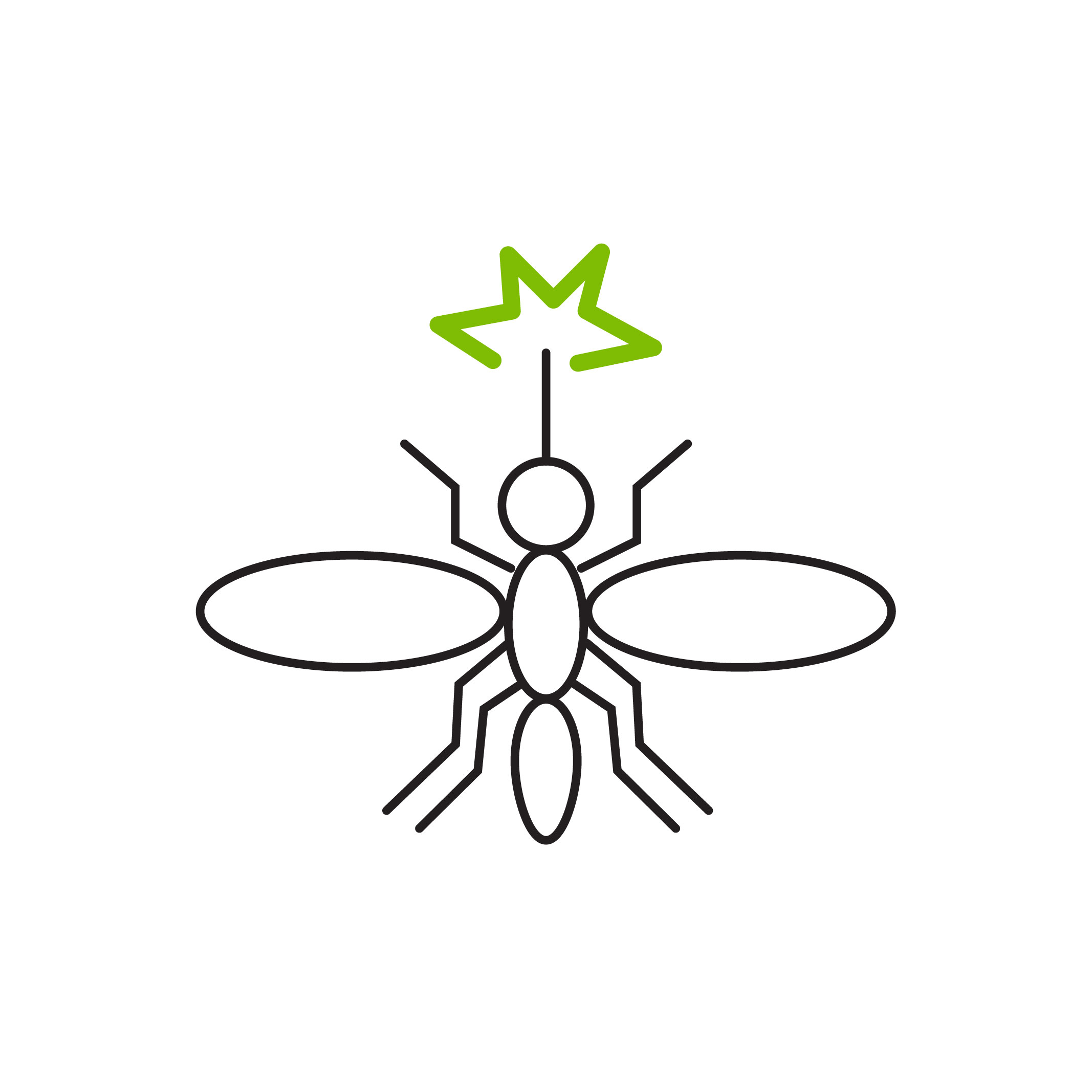Mosquito facts
Only female mosquitoes bite, to enable gestation.
Females need the protein in blood to help their eggs develop. A mosquito can drink up to three times its weight in blood.
Mosquitoes can smell human breath.
They have receptors on their antennae. They hunt by sensing the carbon dioxide we exhale
Both maleS and femaleS feed mainly on fruit and plant nectar.
While retrieving nectar, mosquitoes pollinate plants.
There are over 3,000 species of mosquitoes in the world
The most common, and most dangerous, are the Culex, Anopheles, and Aedes genera.
Female mosquitoes can lay up to 300 eggs at a time and 600-1000 eggs in their life.
Usually, the eggs are deposited in clusters – called rafts – on the surface of stagnant water, or they are laid in areas that flood regularly. Eggs can hatch in as little as an inch of standing water. Females will lay eggs up to three times before they die.
Mosquitoes spend their first 10 days in water.
Because their larval instars are aquatic. Water is necessary for the eggs to hatch into larvae, called wigglers. Wigglers feed on organic matter in stagnant water develop into pupae. Over several days, the pupae change into adult mosquitoes.
Mosquitoes can't fly very far or very fast.
Most mosquitoes can fly no more than about one to three miles, and often stay within several hundred feet of where they were hatched. For instance, Aedes lives within a 100m radius. Mosquitoes generally fly below 25 feet.
Body heat marks the target
Mosquitoes use heat sensors around their mouthparts to detect the warmth of your body – actually, the blood inside it – then land on you and locate the best capillaries for tapping.
Mosquito-borne diseaseS
Mosquito-borne diseases are those spread by the bite of an infected mosquito.
Mosquitoes are one of the deadliest animals in the world. Their ability to carry and spread disease to humans causes millions of deaths every year. In 2015 malaria alone caused 438 000 deaths. The worldwide incidence of dengue has risen 30-fold in the past 30 years, and more countries are reporting their first outbreaks of the disease.
More than half of the world’s population live in areas where this mosquito species is present. Sustained mosquito control efforts are important to prevent outbreaks from these diseases. There are several different types of mosquitoes and some have the ability to carry many different diseases.



























